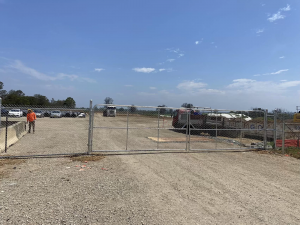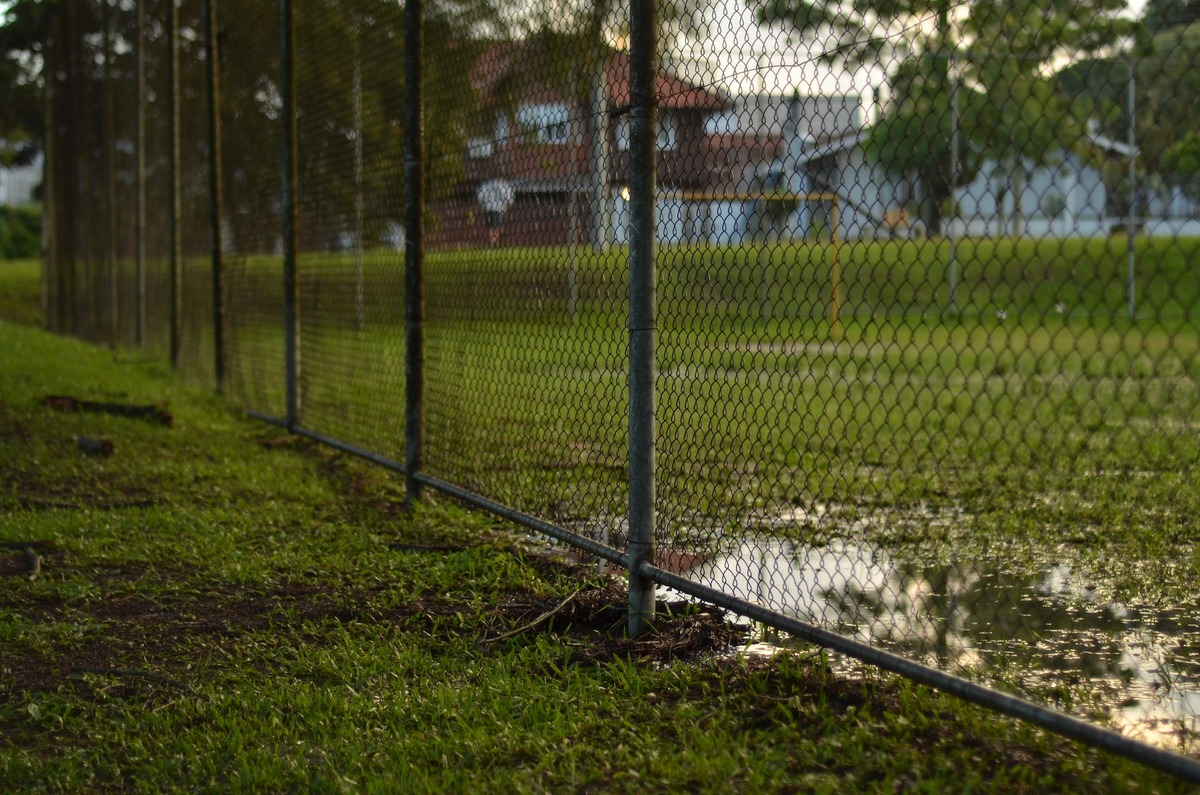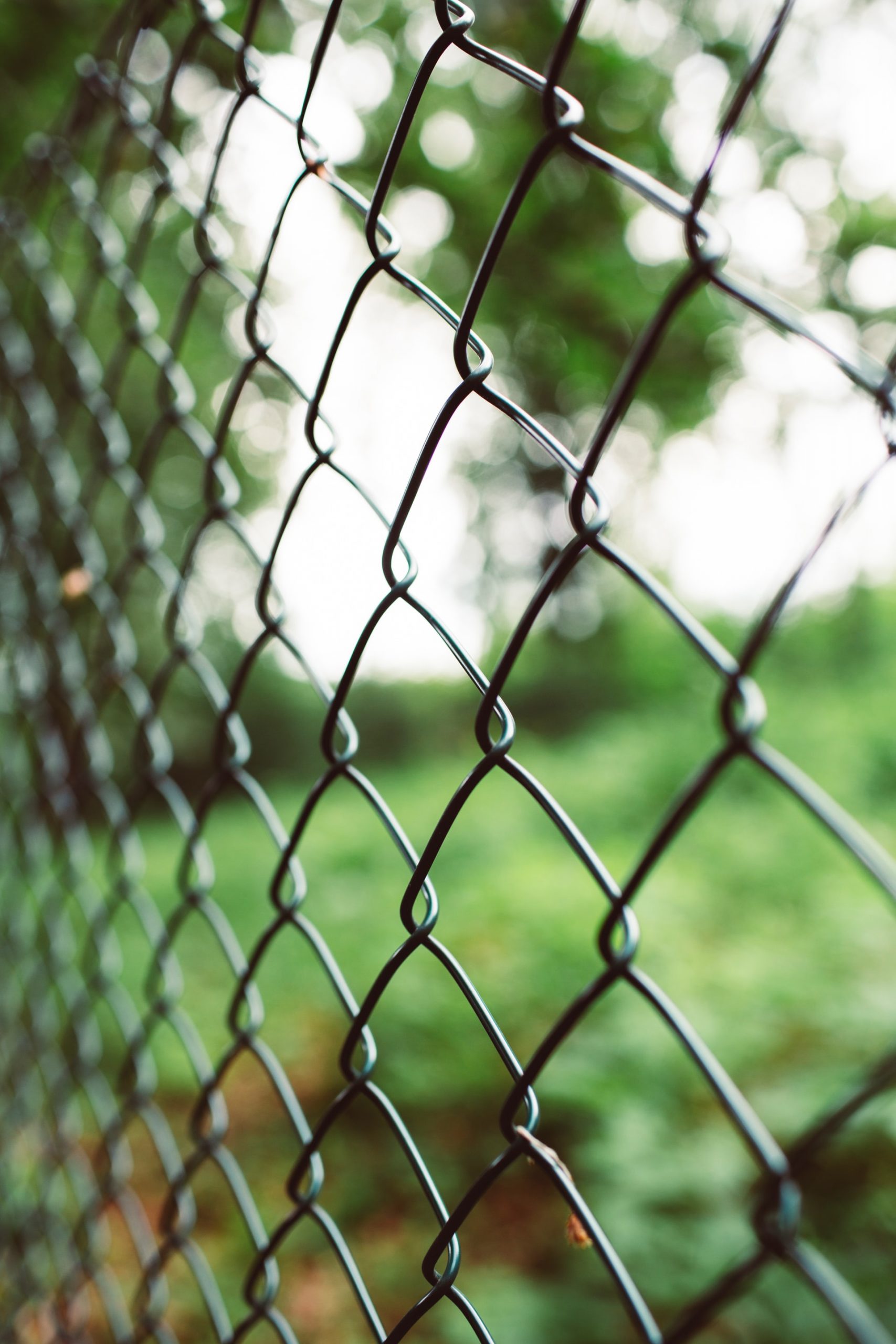People often ask, “How much does a fence cost per metre in Australia?”—and there’s no one-size-fits-all answer. Costs shift based on materials, location, labour, and the fence’s purpose. Whether you’re fencing off a backyard, a paddock, or a building site, it pays to be informed.
So let’s walk through real numbers, updated for 2025. And if you’re in Sydney or nearby, you’ll want to know where to find reliable options, like Longain Fencing, trusted by property owners and builders alike for over a decade.
First Things First: What Impacts Price?
Before we get into dollar figures, let’s cover why the fencing cost per metre might vary—even for the same style.
- Material choice: Timber, Colorbond, and chain wire come with different price tags.
- Site access: Tight corners, sloping land, and dense soil can slow things down.
- Length and height: Longer runs cost more, obviously—but height matters too.
- Installation complexity: Extra posts, double gates, sloped angles? More time, more money.
- Custom features: Paint, caps, lattice, or decorative panels will bump up the bill.
If you’re considering sports court fencing, for example, be prepared for sturdier materials and higher costs due to structural safety requirements.
Typical Fencing Costs Per Metre in 2025 (Across Australia)
Let’s look at current pricing averages based on hipages.com.au and other industry sources:
| Fence Type | Average Cost (Per Metre) |
|---|---|
| Treated Pine Timber | $75 – $120 |
| Hardwood Timber | $80 – $125 |
| Colorbond | $85 – $100 |
| Chain Wire | $65 – $95 |
| PVC/Vinyl | $25 – $70 |
| Security / Tubular Steel | $100 – $160 |
| Frameless Glass | $275 – $600 |
If you’re searching how much is fencing per metre on Google, this is the kind of real-world pricing to expect.
These figures cover materials only. Labour, site prep, and disposal of existing structures will add to your total. A small backyard project with timber fencing might come to $3,000. A larger job using Colorbond fencing could push that higher.
Labour Costs: Installation Adds Up
Here’s where things vary even more. On average, fencing contractors charge $31–$50 per hour, but this depends on experience, location, and complexity.
So, how much does it cost to install a fence in 2025?
- Standard backyard (20–30 metres): Add $1,200–$2,000
- Corner lots or steep terrain: Could be 15–30% higher
- Add a gate: $200–$900, depending on style
- Concrete footings or additional bracing: Expect to pay more
Keep in mind that professional teams like ours don’t just slap up a few panels. At Longain Fencing, we work to local codes and offer solutions built to last.
Removing Old Fencing? That’s Extra
It’s easy to forget this part when budgeting. Taking down and disposing of old fencing—especially timber or asbestos-laced materials—can run $10–$25 per metre.
If you’re replacing old timber, this is something to factor in. The same applies when switching from chain wire to a security and tubular fence—it’s not just a swap. There’s groundwork involved.
What About Repairs?
Not everything needs a full replacement. So, how much does it cost to fix a fence instead?
A single timber panel may cost $90–$150 to replace. If the posts are leaning or cracked, or if rust is spreading through metal fencing, the fix may not be worth it. In those cases, upgrading to something longer-lasting, like Colorbond, often makes more sense over time.
We see this often with older rural fences. Once repairs pile up, replacement is the more practical choice.
Temporary Fencing for Sites and Events
If you’re a builder or event organiser, you’re probably wondering how much does temporary fencing cost.
- Short-term rental: Around $28–$40 per metre, per month
- Purchasing panels outright: $70–$120 each
- Installation/delivery: Typically $200–$400 for small sites
Longain provides both short- and long-term fencing solutions, including secure storage cages for equipment containment.
 Timber vs. Colorbond vs. Chain Wire—Which Is Right?
Timber vs. Colorbond vs. Chain Wire—Which Is Right?
Your choice will depend on what matters most to you: appearance, security, price, or ease of maintenance.
- Timber: Natural and traditional. Best for suburban homes, but needs upkeep.
- Colorbond: Durable, low-maintenance, and sleek. Great for privacy and looks clean year after year.
- Chain Wire: Budget-friendly, especially for larger blocks or commercial zones.
Clients who go for timber hoarding fences often want a short-term solution for construction—easy to install and remove when the project wraps.
See It First: Real Fencing Projects in Action
Numbers are helpful, but visuals matter too. Want to explore ideas for your home or business? Head over to our project gallery to see our fences in real-world settings.
From clean suburban Colorbond lines to heavy-duty chain wire fencing for industrial zones—we’ve installed it all.
Final Takeaways: Budget, Plan, Choose
To wrap it up:
- Fencing cost per metre in 2025 ranges from $40 to $1200, depending on your choice of material.
- The average cost of fencing per metre sits between $2,500–$3,000 for most standard residential jobs.
- Labour, site prep, old fence removal, and gates are additional.
- Consider long-term maintenance—cheaper now doesn’t always mean cheaper later.
Still asking yourself how much does a fence cost for your project? It depends—but we can help you get a clear, no-obligation quote.
Let’s Talk Fencing
At Longain Fencing, we bring more than quality materials—we bring advice, fast turnaround, and real accountability. Whether you’re enclosing a property, dividing lots, or upgrading a site, we have a solution that fits.
Get in touch today via our contact page. Or visit our about us page to learn more about who we are and why Sydney locals trust us.



